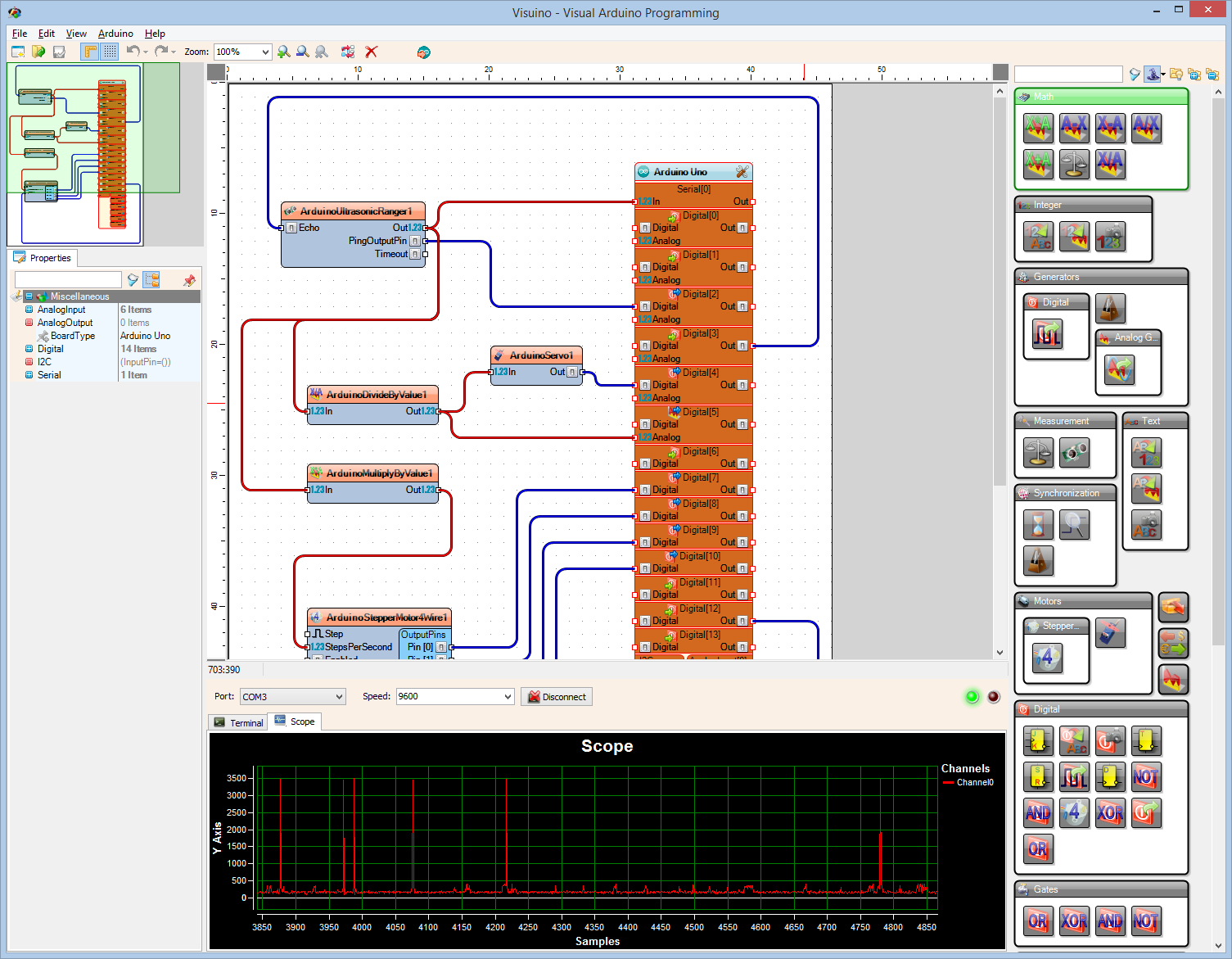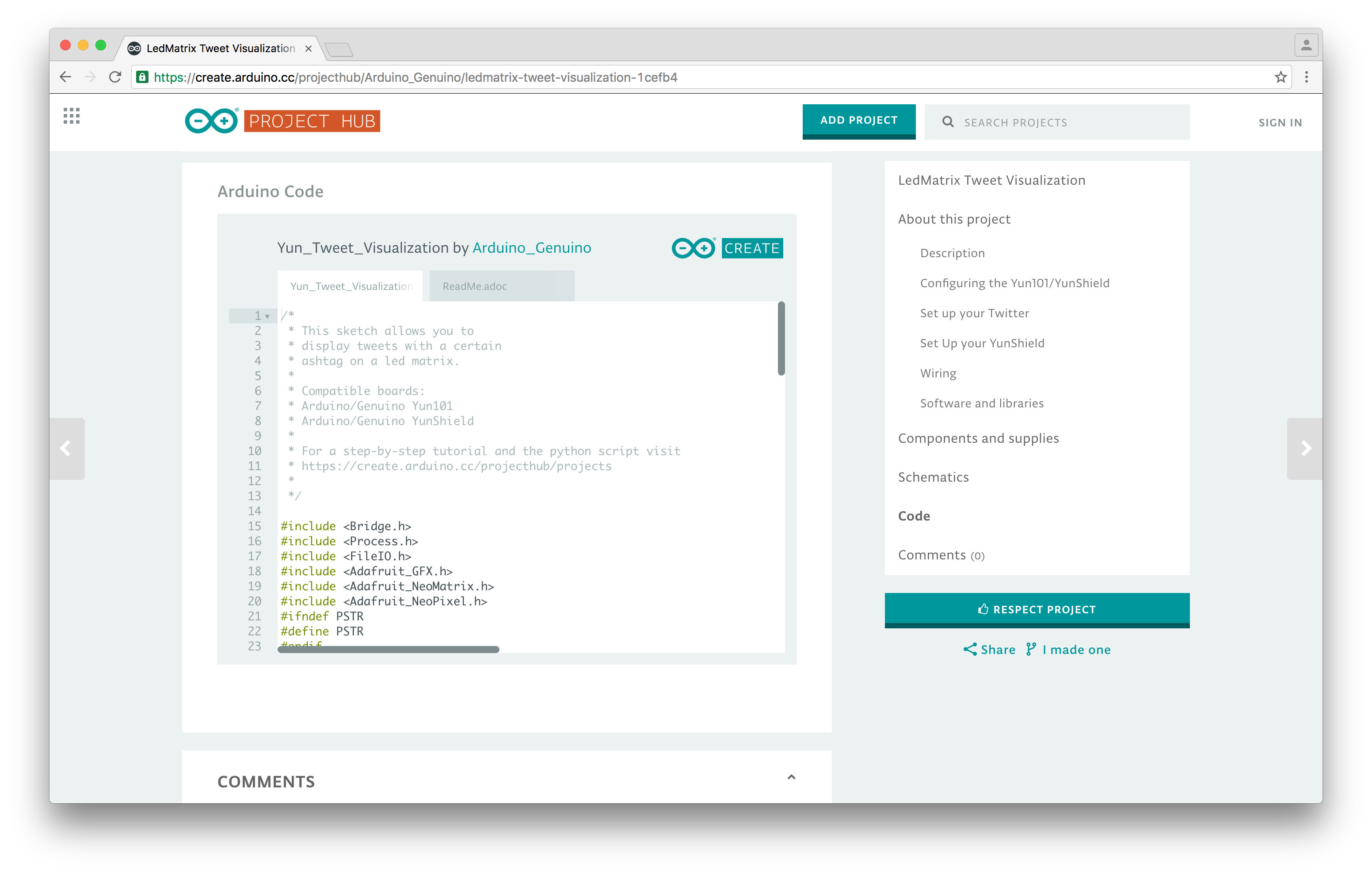
The megaAVR 0-series (released in 2016) also has functionality such as:
ARDUINO PROGRAMMING LANGUAGE WIKI SERIES
The ATmega series features microcontrollers that provide an extended instruction set (multiply instructions and instructions for handling larger program memories), an extensive peripheral set, a solid amount of program memory, as well as a wide range of pins available.

However, the improved tinyAVR 0/1/2-series (released in 2016) include: The ATtiny series features small package microcontrollers with a limited peripheral set available. Main article: ATtiny microcontroller comparison chart Flash size The AVR is a modified Harvard architecture machine, where program and data are stored in separate physical memory systems that appear in different address spaces, but having the ability to read data items from program memory using special instructions.ĪVRs are generally classified into following: The Arduino platform, developed for simple electronics projects, was released in 2005 and featured ATmega8 AVR microcontrollers.

By 2003, Atmel had shipped 500 million AVR flash microcontrollers. The AVR 8-bit microcontroller architecture was introduced in 1997. The polarity of the RESET line was opposite (8051's having an active-high RESET, while the AVR has an active-low RESET), but other than that the pinout was identical. Īmong the first of the AVR line was the AT90S8515, which in a 40-pin DIP package has the same pinout as an 8051 microcontroller, including the external multiplexed address and data bus. The designers worked closely with compiler writers at IAR Systems to ensure that the AVR instruction set provided efficient compilation of high-level languages. When the technology was sold to Atmel from Nordic VLSI, the internal architecture was further developed by Bogen and Wollan at Atmel Norway, a subsidiary of Atmel. It was known as a μRISC (Micro RISC) and was available as silicon IP/building block from Nordic VLSI. The original AVR MCU was developed at a local ASIC house in Trondheim, Norway, called Nordic VLSI at the time, now Nordic Semiconductor, where Bogen and Wollan were working as students. Note that the use of "AVR" in this article generally refers to the 8-bit RISC line of Atmel AVR microcontrollers. However, it is commonly accepted that AVR stands for Alf and Vegard's RISC processor. The creators of the AVR give no definitive answer as to what the term "AVR" stands for. Ītmel says that the name AVR is not an acronym and does not stand for anything in particular. The AVR architecture was conceived by two students at the Norwegian Institute of Technology (NTH), Alf-Egil Bogen and Vegard Wollan. They are especially common in hobbyist and educational embedded applications, popularized by their inclusion in many of the Arduino line of open hardware development boards.

AVR was one of the first microcontroller families to use on-chip flash memory for program storage, as opposed to one-time programmable ROM, EPROM, or EEPROM used by other microcontrollers at the time.ĪVR microcontrollers find many applications as embedded systems. These are modified Harvard architecture 8-bit RISC single-chip microcontrollers.

It is commonly found on Arduino boards.ĪVR is a family of microcontrollers developed since 1996 by Atmel, acquired by Microchip Technology in 2016. ATmega328P in 28-pin narrow dual in-line package ( DIP-28N). Family of microcontrollers AVR logo Various older AVR microcontrollers: ATmega8 in 28-pin narrow dual in-line package ( DIP-28N), ATxmega128A1 in 100-pin thin quad flat pack ( TQFP-100) package, ATtiny45 in 8-pin small outline ( SO-8) package.


 0 kommentar(er)
0 kommentar(er)
